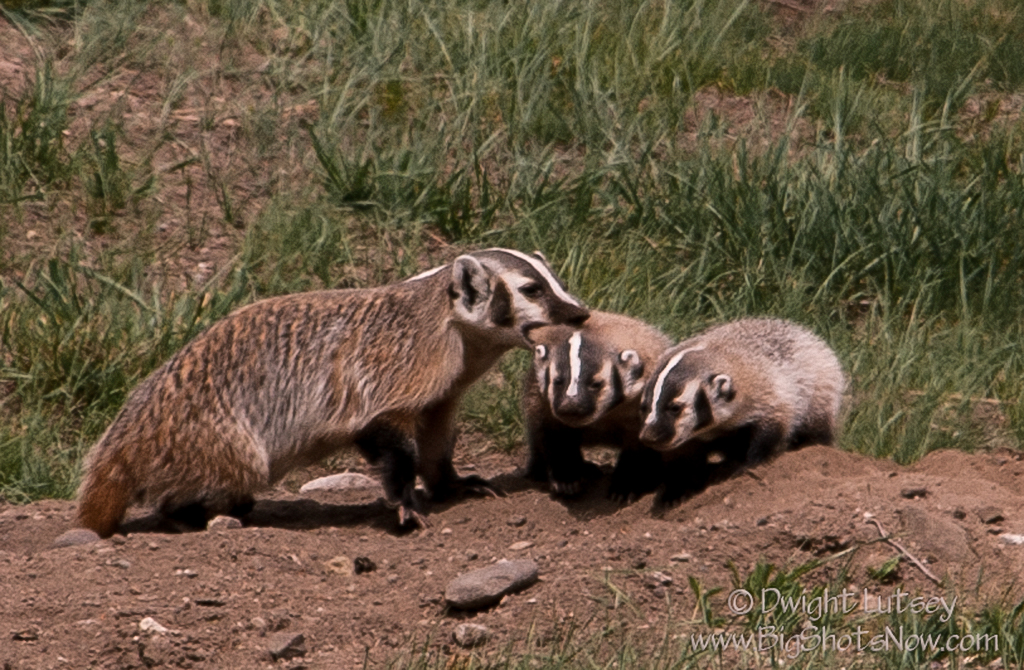
We have written several posts about badgers in the past. The earliest one was back in April of 2014 http://www.bigshotsnow.com/fun-with-badgers and more recently in January of 2015 we wrote the expose titled “The Thing About Badgers” http://www.bigshotsnow.com/the-thing-about-badgers/ where we pointed out that Badgers did not make good pets.
Since both of those posts could have mistakenly been considered critical to Badgers and all their relatives and the States that harbor them we thought it was time to give Badgers a little good press. Which is why we titled this post, “Some Badgers Are OK”.
Although we had to do a bit of digging to find good points about Badgers we did find some. For instance Badgers are considered good parents as they rarely eat their young and then only for the best reasons. Badgers like to maintain good order within their family groups. Lining up in straight lines is important to them and having all their offspring facing in the same direction is too.
Biting. Biting is big with Badgers. Everyday when the female brings out the young and gets them all pointed in the same direction in a straight line, she will bite the nearest one. At first this was thought to be an act of rage from a single mother who didn’t like raising children, then we noticed that she didn’t bite them all that hard. It was more of a “We’re badgers and this is what we do.” kind of bite. Of course if the other one snickered at its sibling while it was being bitten she would walk deliberately around to his side and give him a bite roughly twice as hard. Discipline is strict in a badger family. No screwing around during the morning biting session.
Badgers realize they have a PR problem and have taken steps to counter the poor image they have made for themselves. Because they are usually grumpy, snarly, ill-tempered beasts at best they are now trying to change that image to show their better side. In the past if you drove by and said something pleasant to a group of Badgers they would respond with a rude gesture and taunt you with an invitation to come closer and “get your soft parts chewed on for a while, if you’re so damn friendly.” Now however it is not unusual to see the badgers lined up on the front porch of their dens or alongside the roadway waving a friendly paw and offering to show you how they eviscerate a ground squirrel for dinner, or how the young can line up in straight lines without even being bitten. This is a big change.
This movement is slow to being accepted universally in the Badger community however. You will still find many Badgers that have no interest whatsoever in being friendly. These Badgers usually live in the more rural parts of Wisconsin and in the more common Western states where hardly anyone goes anyway, so that may account for the slow adoption rate.
Wisconsinites have been paying more attention to their state animal since we have been running these posts and now some of them can even recognize a Badger in the wild, or as wild as it gets in Wisconsin, and will often stop their vehicles and run up to the Badger thinking it is just another furry little animal that will be nice to them. So when they get out of one of those portable roadside clinics set up by the State to treat those who have not yet learned that all wildlife is not their friend, they will stop and compare the number of stitches they got with the other members of their party, then go home and mention to friends and neighbors that it is best to leave all badgers the hell alone until you find out if they have accepted the new “Let’s Be Friendlier Badgers” program.
There may be other good things about Badgers we haven’t mentioned but that was only because we couldn’t find any more of them. Of course we didn’t look too hard as you’re liable to get really bit if you go poking around near Badgers so we found these few items and called it good. At least no one can call us one-sided on the Badger issue now as we have presented both sides of the subject and look pretty darned objective, badger-wise. Ok then, there you have it. Discuss it amongst yourselves if you need to.

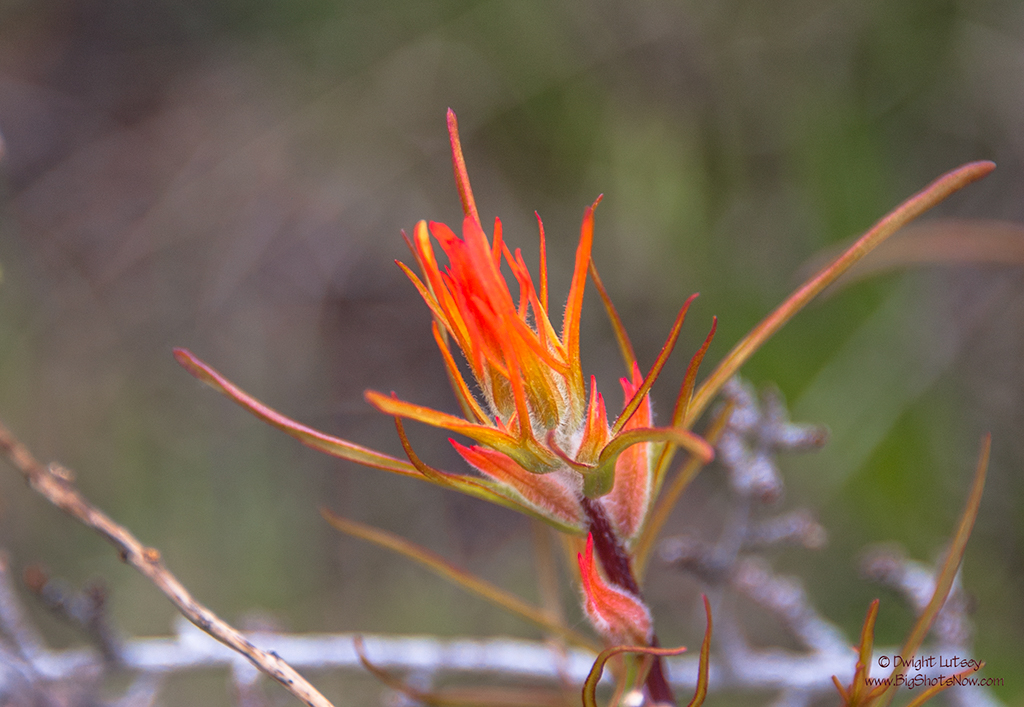
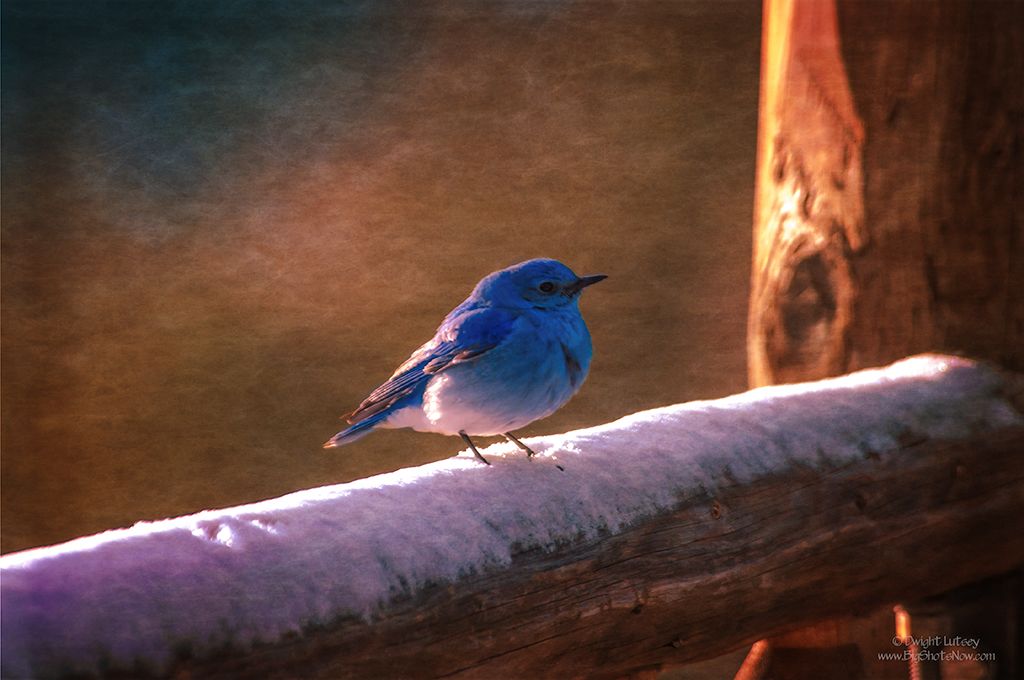
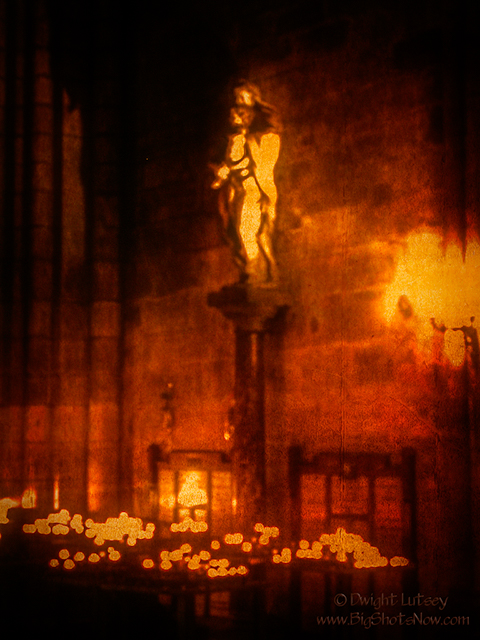
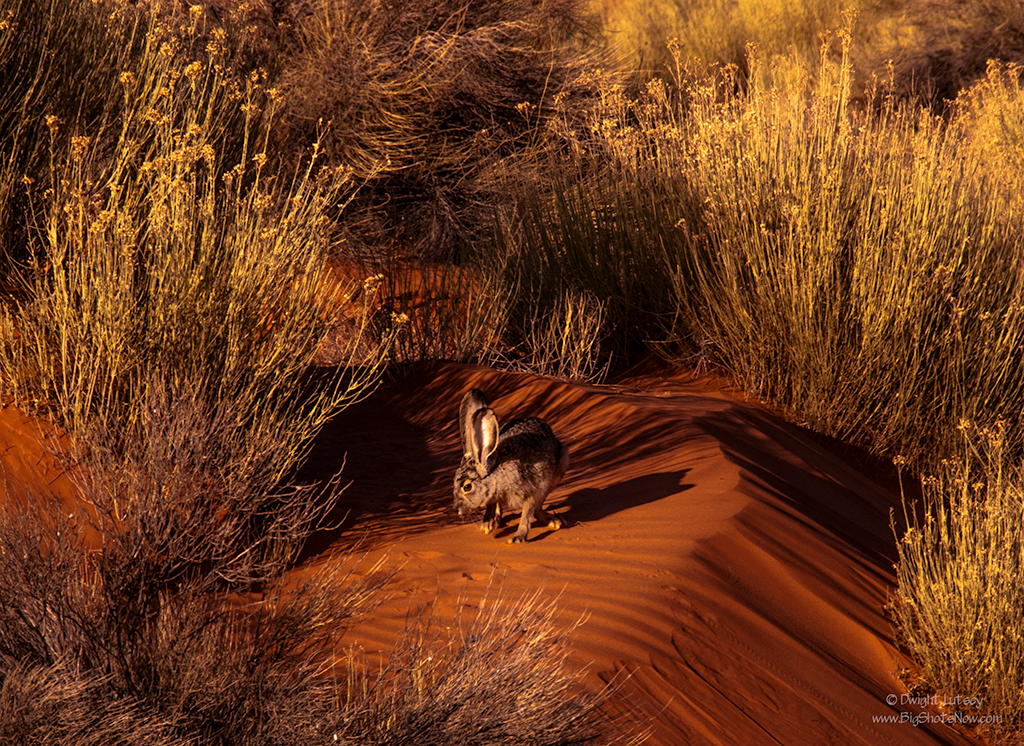
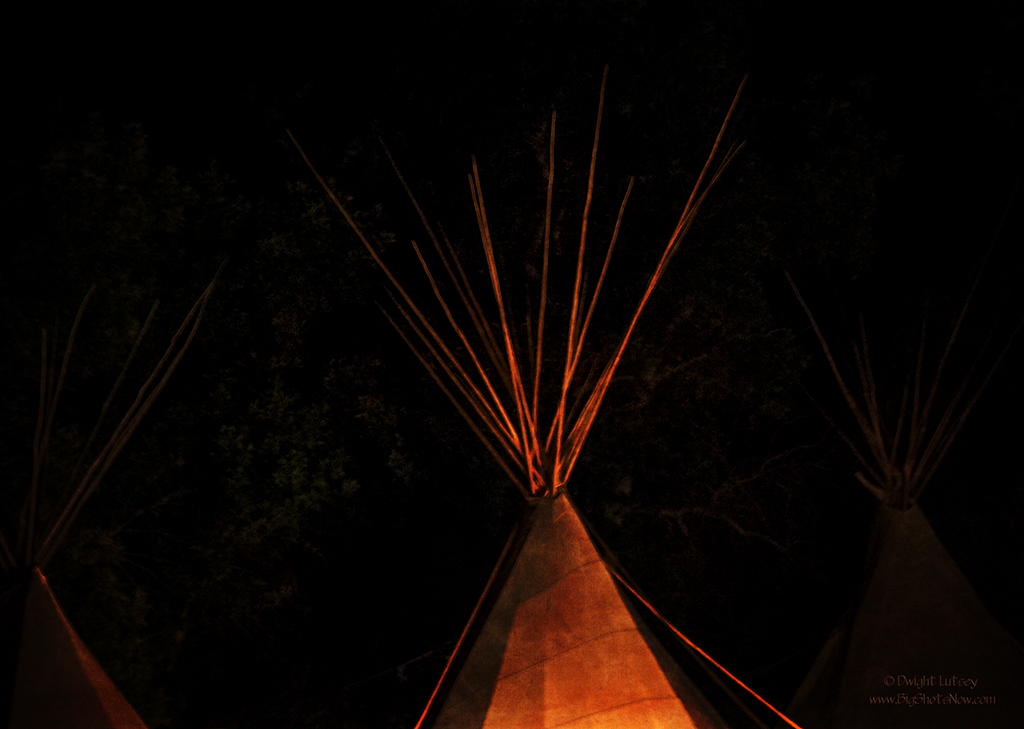
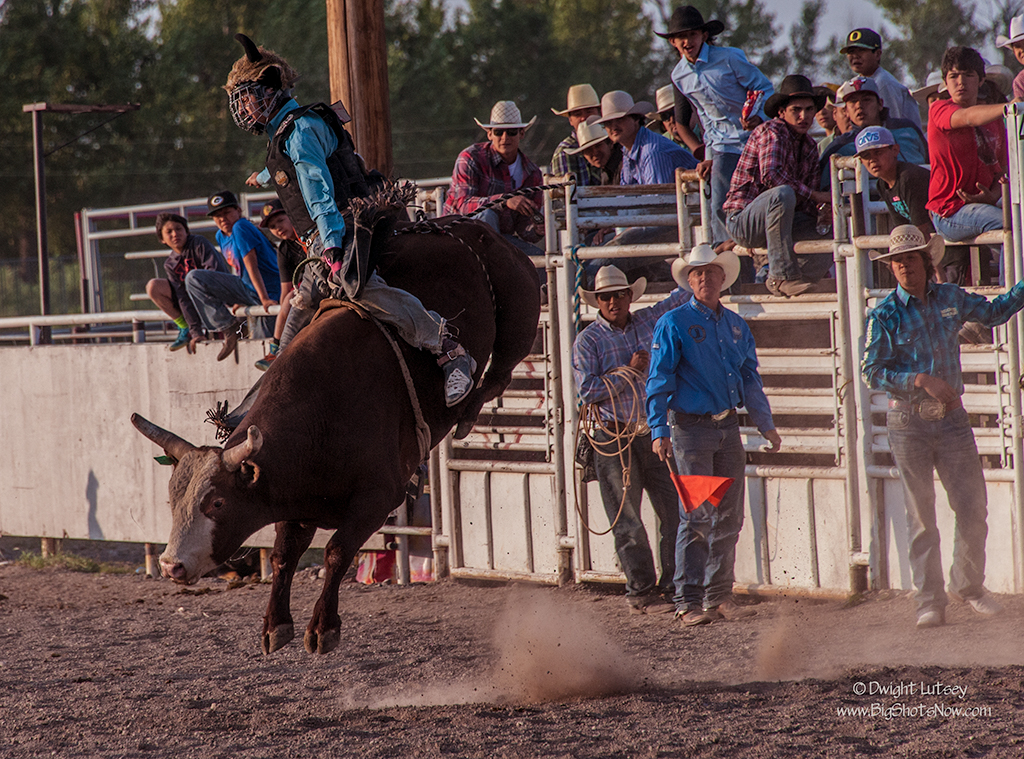
You must be logged in to post a comment.